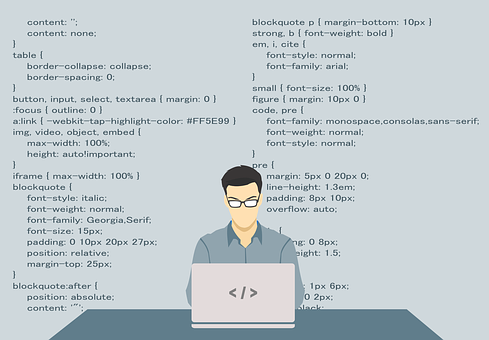Why No-Code & Low-Code May Soon Become The New Tech Trend In Business Software
By VISHAL CHAWLA – No code development platforms (NCDPs) are enabling programmers and non-programmers to build application software by using graphical user interfaces and configuration rather than conventional computer coding. Such platforms suddenly have risen in popularity as enterprises have to manage the fast growth of the mobile workforce and a small number of skilled software developers.

In fact, Gartner predicts that low code application building, which included no code as well, would constitute more than 65% of all app development functions by the year 2024, with about 66% of big companies using a minimum of four low code tools and platforms.
NCDPs are applied to satisfy the requirements of companies that want to automate or digitise processes with cloud-based mobile apps. No-code tools are frequently created keeping in mind the requirements of enterprise users, different from regular IT and developer teams.
But those platforms are not uniform in how they are marketed but rather differ in their functionality, integrations, and business use cases and specific applications such as business automation and seamlessly integrate ERP workflows.
This turn in focus is intended to further the advancement of the software development cycle where getting IT teams to work on building business apps may take up excessive resources, funds and time, all of which may be hard to come by in comparison to market demands. Read On:
RB Note: There are numerous other examples beyond those mentioned in this article. RPA & BI platforms can be leveraged code free as well. While both have the ability to accept input and ./.or processing from code-based sub structures they can function quite efficiently without ay code at all.

Comments
Why No-Code & Low-Code May Soon Become The New Tech Trend In Business Software — No Comments
HTML tags allowed in your comment: <a href="" title=""> <abbr title=""> <acronym title=""> <b> <blockquote cite=""> <cite> <code> <del datetime=""> <em> <i> <q cite=""> <s> <strike> <strong>